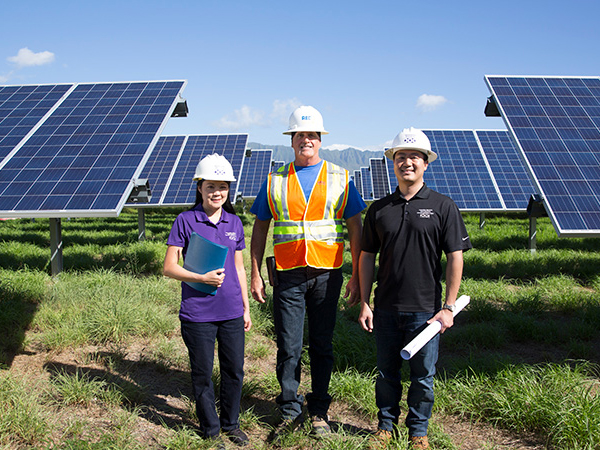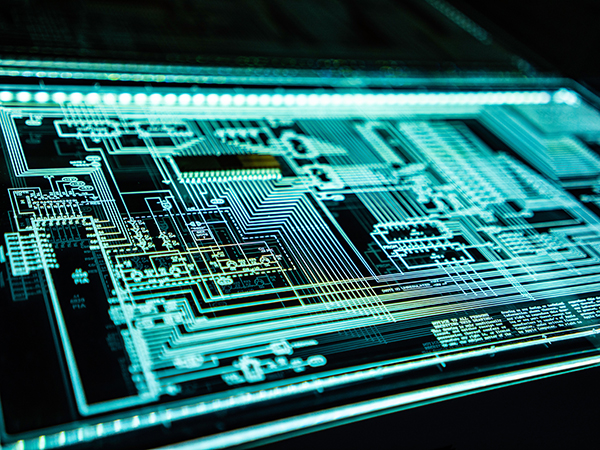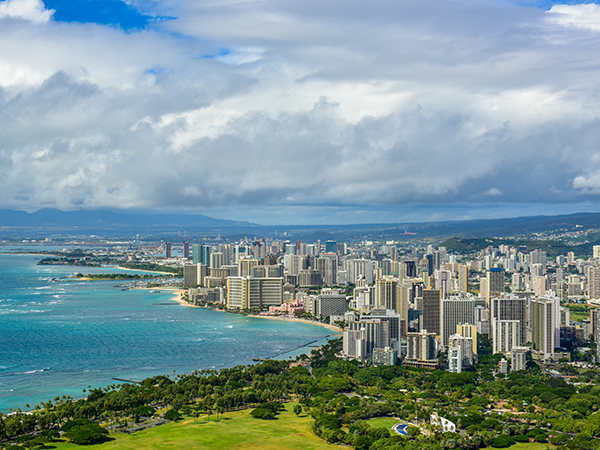By harnessing power from resources such as solar, wind, geothermal, hydro, ocean, biomass, and biofuels, Hawaii is surging forward in its transition to renewable energy with help from ORNL. Together, these partners are assessing the Aloha State’s power grid, helping bring more renewable sources into the energy system through partnerships with Hawaiian Electric and Kauai Island Utility Cooperative. In 2019, Hawaii reached an important new milestone, generating a record 29% of its energy from renewable resources.

Data reflects fiscal year 2020 except for scientific publications, which covers 2016–2020. Partner stories reflect work conducted from 2016 to present.

ORNL is partnering with the Hawaiian Electric Company and Kauai Island Utility Cooperative on modeling and analyzing the impact of additional renewable energy resources on Hawaii’s power grid. For instance, ORNL is helping Hawaii’s grid operators understand how to maintain grid reliability as the state accelerates its transition to a decarbonized, renewables-based grid system. This project helps these operators better understand how measurement-based technology supports balancing electricity supply and demand when traditional sources, such as fossil-fuel-powered turbines, are replaced by renewable sources, such as solar and biomass.

ORNL is partnering with Resurgo, a cybersecurity firm based in Honolulu, to advance network protection with artificial intelligence. Specifically, the partnership seeks to develop machine learning-based intrusion detection sensors for cyber networks that safeguard our critical infrastructure. ORNL’s solid background in machine learning and learning-based network sensors works toward defending against cyber threats, defending computer networks through machine learning algorithms, and demonstrating these technologies, in collaboration with Resurgo, on both military and open-source network data.

ORNL is teaming with the University of Hawaii and Econolite Systems to reduce traffic delays, save fuel, and reduce vehicle emissions for Honolulu’s busiest corridor. The project, led by ORNL, involves gathering data from smart sensors and traffic signal controllers and developing real-time artificial intelligence-based modeling and controls for 34 intersections in the city. Expected results include a 25% reduction in travel delays and more than 15% energy savings.
Learn more about energy research at ORNL.
ORNL news release: ”Ross Wang: Driving Clean Mobility with Data Analytics”
For more information, contact [email protected].
